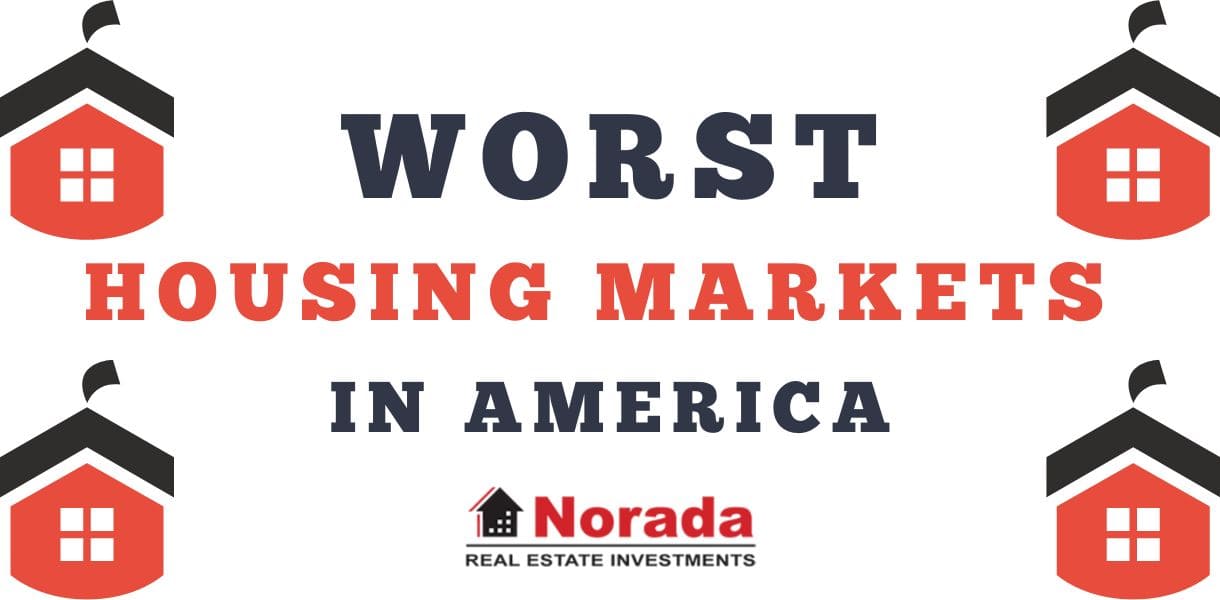Remember those crazy days, just a few years ago, when trying to buy a house felt like competing in the Olympics? Bidding wars, sky-high prices, and barely any time to even think before making a huge offer. Well, things are changing, and as we move through 2025, it's becoming clear that the housing market is becoming buyer-friendly. For the first time in what feels like ages, the scales are starting to tip in favor of those looking to purchase a home, and there are several key reasons why.
Major Housing Market Shift in 2025 as it Becomes Buyer-Friendly
As someone who's been watching the real estate scene for quite some time now, I can tell you this shift is significant. It's not just a minor adjustment; it's a noticeable easing of the intense pressure buyers have been under. Let's dig into the data and understand why this change is happening and what it means for you if you're in the market to buy a home.
More Choices Than Ever: Inventory on the Rise
One of the most significant indicators of a buyer-friendly market is the number of homes available for sale. For what seems like an eternity, the supply of houses couldn't keep up with the demand. This scarcity drove prices up and left buyers with very few options. However, I'm seeing a welcome change in this regard. Recent data from Realtor.com in June 2025 highlights a crucial milestone: for the first time since late 2019, there are over a million active listings on the market.
Think about that for a moment. More than a million homes across the country available for buyers to consider. This surge in inventory is a game-changer. It means buyers have more power to negotiate, more time to make decisions, and a wider range of properties to choose from. I believe this increase is partly due to more homeowners feeling comfortable listing their properties as the frantic pace of the pandemic-era market has cooled down, and also due to the efforts of homebuilders finally catching up with some of the pent-up demand.
Mortgage Rates Take a Breath: A Sigh of Relief for Buyers
Another crucial factor influencing the housing market is mortgage rates. We all know how sensitive the housing market is to these rates. Even small fluctuations can significantly impact a buyer's purchasing power and monthly payments. While rates in June 2025, hovering in the upper 6% range for a 30-year fixed loan, are still higher than the rock-bottom rates we saw a few years ago, the fact that they dipped for the first time in a month is noteworthy. Furthermore, these rates are lower than they were at the same time last year.
This slight easing in mortgage rates can provide some much-needed breathing room for potential homebuyers. It can translate to slightly lower monthly payments, making homeownership more accessible for some. While I don't expect rates to plummet overnight, this downward trend, even if modest, is a positive sign for buyers. It suggests that the intense upward pressure on borrowing costs might be starting to subside.
Prices Stabilize: The End of Runaway Appreciation?
For years, it felt like home prices were on an unstoppable upward trajectory. It was a constant worry for aspiring homeowners wondering if they'd ever be able to afford a place of their own. But the data from May 2025 indicates a significant shift: home prices were roughly flat. This doesn't necessarily mean prices are falling dramatically across the board, but it does signal a cooling off of the rapid price appreciation we've witnessed.
This price stabilization is a direct consequence of the increased inventory. With more homes on the market, sellers are finding it harder to command exorbitant prices. Buyers now have more leverage to negotiate, and we're even seeing a growing number of price cuts. In fact, in May 2025, 19.1% of listings reported price cuts, the highest share for any May since at least July 2016. This trend of increasing price reductions for five consecutive months further solidifies the shift towards a more buyer-friendly environment.
Time is on Your Side: Homes Taking Longer to Sell
Remember when homes would get multiple offers within hours of being listed? Those days seem to be fading, at least for now. The data shows that in May 2025, homes spent a median of 51 days on the market, which is six more days than a year ago. While still relatively fast compared to historical norms, this increase in the time homes stay on the market indicates a significant power shift.
Buyers now have more time to consider their options, conduct thorough inspections, and negotiate terms without the intense pressure of immediate competition. This extra time can be invaluable in making such a significant financial decision. It allows for more thoughtful consideration and reduces the risk of buyers feeling rushed into a purchase they might later regret.
Pending Home Sales Reflect Shifting Dynamics
While the overall picture points towards a buyer-friendly market, the dip in pending home sales (homes under contract), which fell by 2.5% compared with last year, is worth noting. This suggests that despite the increased inventory and stabilizing prices, the earlier rise in mortgage rates might have still had a lingering effect on buyer demand. It's a reminder that the housing market is complex and influenced by various factors.
However, I interpret this not as a sign that the market is swinging back towards sellers, but rather as a natural recalibration. Buyers are being more cautious and deliberate in their decisions, which is understandable given the recent volatility in interest rates.
Regional Differences Matter: Not All Markets Are Created Equal
It's crucial to remember that the national housing market is an aggregate of many local markets, and conditions can vary significantly from one region to another. As the Realtor.com report points out, not every housing market is equally well-supplied. Factors like recent construction trends play a significant role in the availability of homes in different areas.
For instance, areas that have seen significant new construction are likely to have a more pronounced increase in inventory compared to areas with limited new building activity. Therefore, if you're looking to buy, it's essential to focus on the specific conditions in your target location. Talk to local real estate agents and do your research to understand the dynamics at play in your desired area.
International Interest: A Subtle Influence
The Realtor.com International Demand Report offers another interesting perspective, showing a slight growth in the share of international shoppers in the first quarter of 2025. While this might not be a primary driver of the overall market shift, it does indicate continued interest in the U.S. housing market from overseas buyers, particularly in coastal magnets and increasingly in Texas markets.
However, the report also noted a drop in interest from potential Canadian homebuyers, likely due to recent trade and other policies. This highlights how global economic and political factors can also have a subtle impact on the U.S. housing market.
The Future Looks Brighter for Buyers
Based on the data and my observations, the trend towards a housing market becoming buyer friendly in 2025 seems firmly in place. The combination of increased inventory, stabilizing prices, slightly easing mortgage rates, and more time for buyers to make decisions creates a more balanced and favorable environment for those looking to purchase a home.
While the market is still dynamic and subject to change, the current conditions offer a welcome respite from the intense competition and affordability challenges of recent years. If you've been on the sidelines, waiting for the right time to buy, now might be the moment to seriously consider your options.
In conclusion, the housing market in 2025 has indeed become more buyer friendly due to a rise in available homes, a slight dip in mortgage rates, flattening prices, and houses taking longer to sell, offering buyers more choices and negotiating power.
Capitalize on Buyer-Friendly Conditions
The real estate market is shifting in favor of buyers this year, offering more choices, price flexibility, and less competition.
Norada helps you take full advantage of these buyer-friendly conditions by connecting you with high-potential properties in stable, growth-oriented markets.
HOT NEW LISTINGS JUST ADDED!
Talk to a Norada investment counselor today (No Obligation):
(800) 611-3060
Recommended Read:
- Is the U.S. Heading Toward a Real Estate Crash and Debt Bubble?
- 5 Riskiest Housing Markets to Avoid in 2025 That May Crash
- Housing Market Predictions for the Next 4 Years: 2025-2029
- Top 22 Housing Markets Where Prices Are Predicted to Rise the Most by 2026
- Housing Market Predictions 2026: Will it Crash or Boom?
- 12 Housing Markets Set for Double-Digit Price Decline by Early 2026
- 4 States Facing the Major Housing Market Crash or Correction
- Housing Prices Are Set to Rise by 4.1% by the End of 2025
- Housing Market Predictions for the Next 4 Years: 2025 to 2029
- Real Estate Forecast: Will Home Prices Bottom Out in 2025?
- Housing Markets With the Biggest Decline in Home Prices Since 2024
- Why Real Estate Can Thrive During Tariffs Led Economic Uncertainty
- 5 Hottest Real Estate Markets for Buyers & Investors in 2025
- Will Real Estate Rebound in 2025: Top Predictions by Experts
- Will the Housing Market Crash Due to Looming Recession in 2025?




